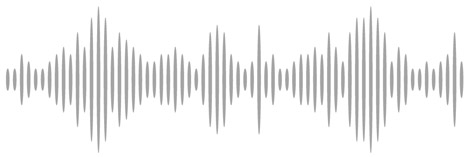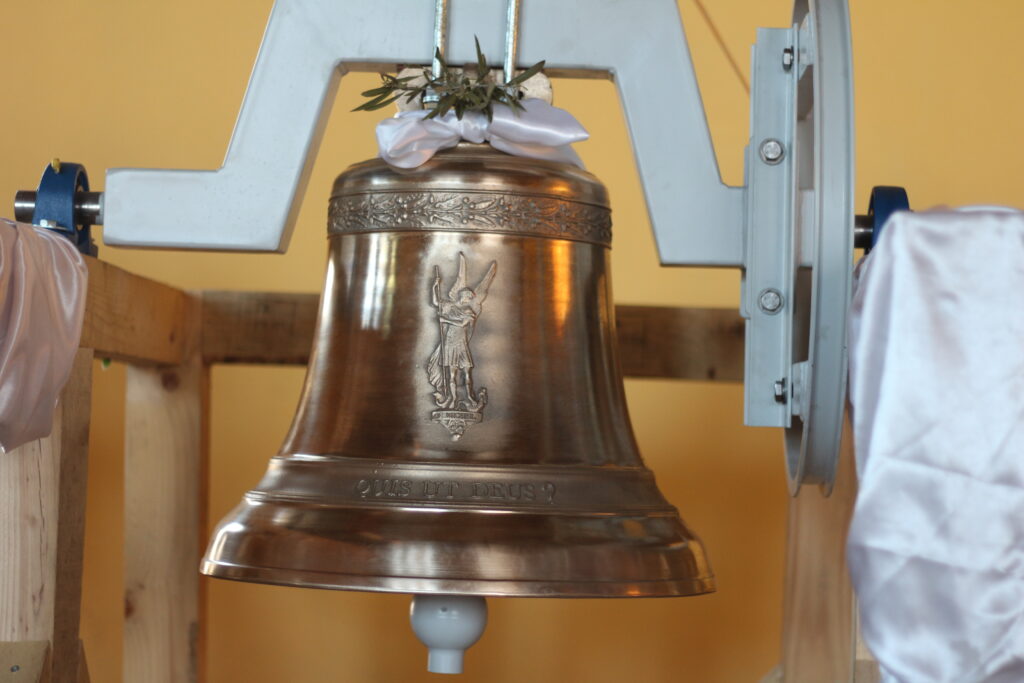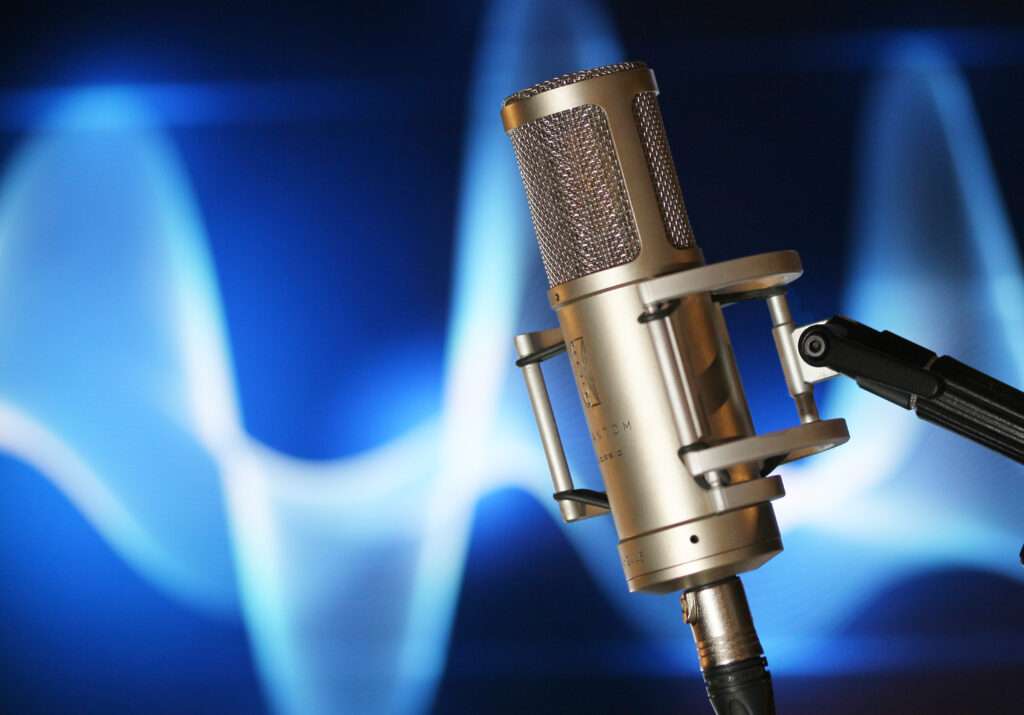1 Hiss, electronic noise
Hiss is parasitic electronic noise caused by the agitation of electrons in a preamplifier or a microphone when the input gain is high. It is a white noise spread over the all frequencies of the sound spectrum, therefore difficult to remove. This is a very significant issue on the entry-level preamps that equip some portable recorders. Furthermore, any microphone generates a hiss called self-noise which becomes audible only when recording quiet sounds with high-end preamps. However, as it sounds natural, it is a fairly unobtrusive issue when controlled.
2 Hum & buzz
Electrical and electronic noise (buzz or hum) occurs when a microphone or microphone cable picks up electromagnetic radiation generated by an electrical device. Buzzes are often tonal, with a fundamental frequency that corresponds to the electrical grid: 50 Hz in Europe and 60 Hz in the United States. Because of their “musical” nature, hum and buzz are very disturbing, even at low levels. Fortunately, quite easy to filter.
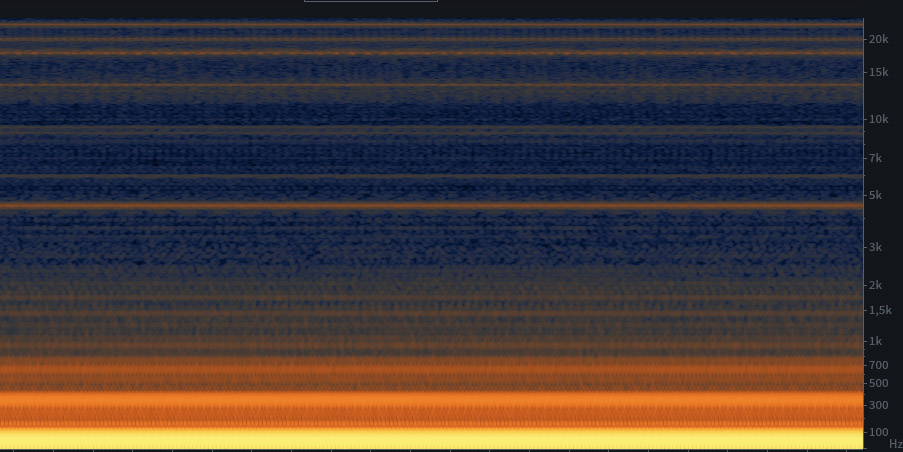
3 Clipping and harmonic distortion
Clipping occurs when the input level of an amplifier or analog circuit is overdriven and the output level is limited by its maximum value. This results in a distortion of the sine waveform into a characteristic square wave shape. On digital devices, this distortion is particularly noticeable and unpleasant. It should be avoided through proper input level adjustment and possibly a limiter.
Harmonic distortion or THD is one of the consequences of clipping. Harmonics (multiples of the fundamental frequency) are added to the signal. A low harmonic distortion is inherent in any sound recording and broadcasting system, but remains very low therefore rarely audible.
We also deliberately use harmonic distortion to modify the timbre of an instrument like the electric guitar . We then call it saturation even if the term is not exact.
Here is a pure sound at 125 Hz with a progressive harmonic distortion.
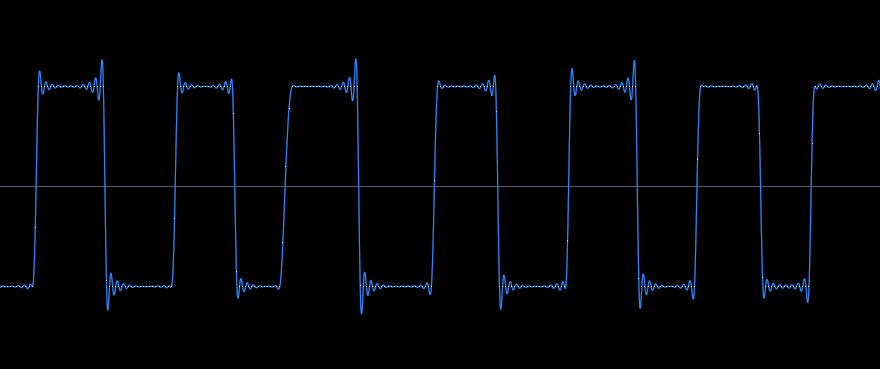
4 Wow and flutter
Wow is a distortion of the pitch of sound created by non-uniform playing speed . It only occurs on analog media such as a cinema projector, a tape recorder or a vinyl turntable. Thanks to their electronic clocks, digital recording media do not generate wow.

5 Clicks and discontinuities
A click is a transient sound (of very short duration) often linked to a cut in the sound or a synchronization problem. The dust on the grooves of a vinyl record also causes clicks. These small defects are often quite easy to repair due to their brevity.
6 Reverberation
Reverb is very common with the advent of sound recording by non-sound professionals, especially in places with no proper acoustic treatment. Parasitic reverberation appears when the ratio between direct sound and reverberated sound (dry/wet ratio) is too low. It is often the result of bad microphone placement or directivity. Too much reverb affects the intelligibility of the voice.
7 Wind noise
When a microphone has poor wind isolation, the moving air generates low frequency rumble in the microphone membrane. We can experience the same distortion in our eardrums when we ride a bicycle. To avoid this issue, sound recordists use blimps and windshields for utdoors recordings. (read the article Wind and microphones in the Canaries ).
In the studio, pop filters protect the microphones from the wind generated by the occlusive consonants (B and P).
8 Handling and boom noise
Handling a microphone, a stand or a boom can be source of structure-borne sound , picked up by the microphone Professional boom operators avoid this kind of issue by handling the boom with great care. On small recorders with integrated microphones, handling noise is very problematic. The following example is a typical boom noise in the low frequencies.
9 Microphone rustle
Microphone rustle is typical of lavaliers rubbing against a person’s clothing when they are hidden and poorly protected. Synthetic clothing is more of a problem than cotton clothing because it generates more aggressive sounds when the person moves.
10 Unwanted background sounds
The acoustic background noise refers to all unwanted sounds created by the environment which disturbs the useful signal. It can be steady (distant traffic, wind, sea, river) or random (voice, car passages). It is difficult to isolate a sound from its acoustic background noise if they are both in the same frequency band. Conversely, it is very easy to remove a city rumble (low frequency ) from the recording of a bird (high frequency).

How to correct the defects of the sound? This is the subject of this article: Audio repair
